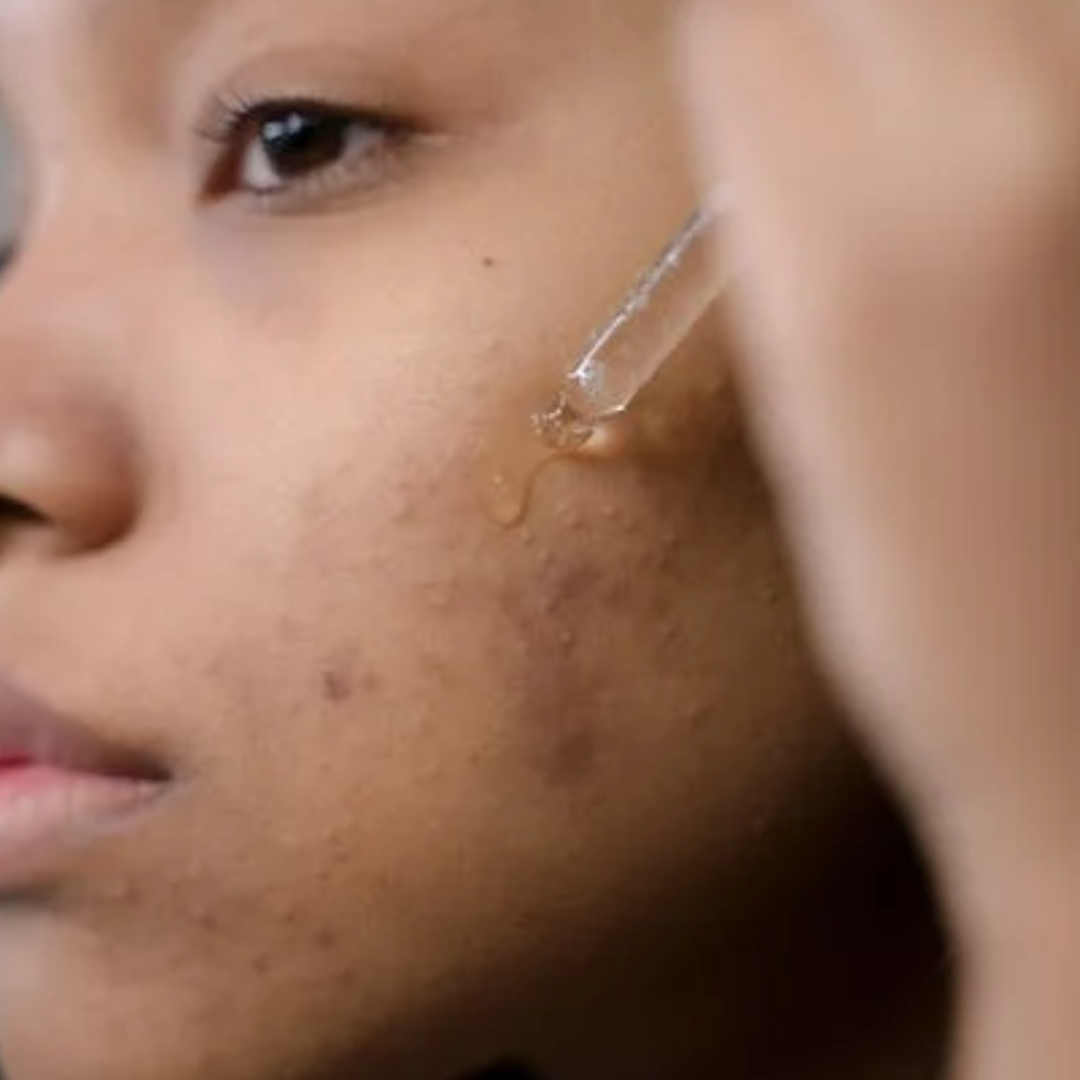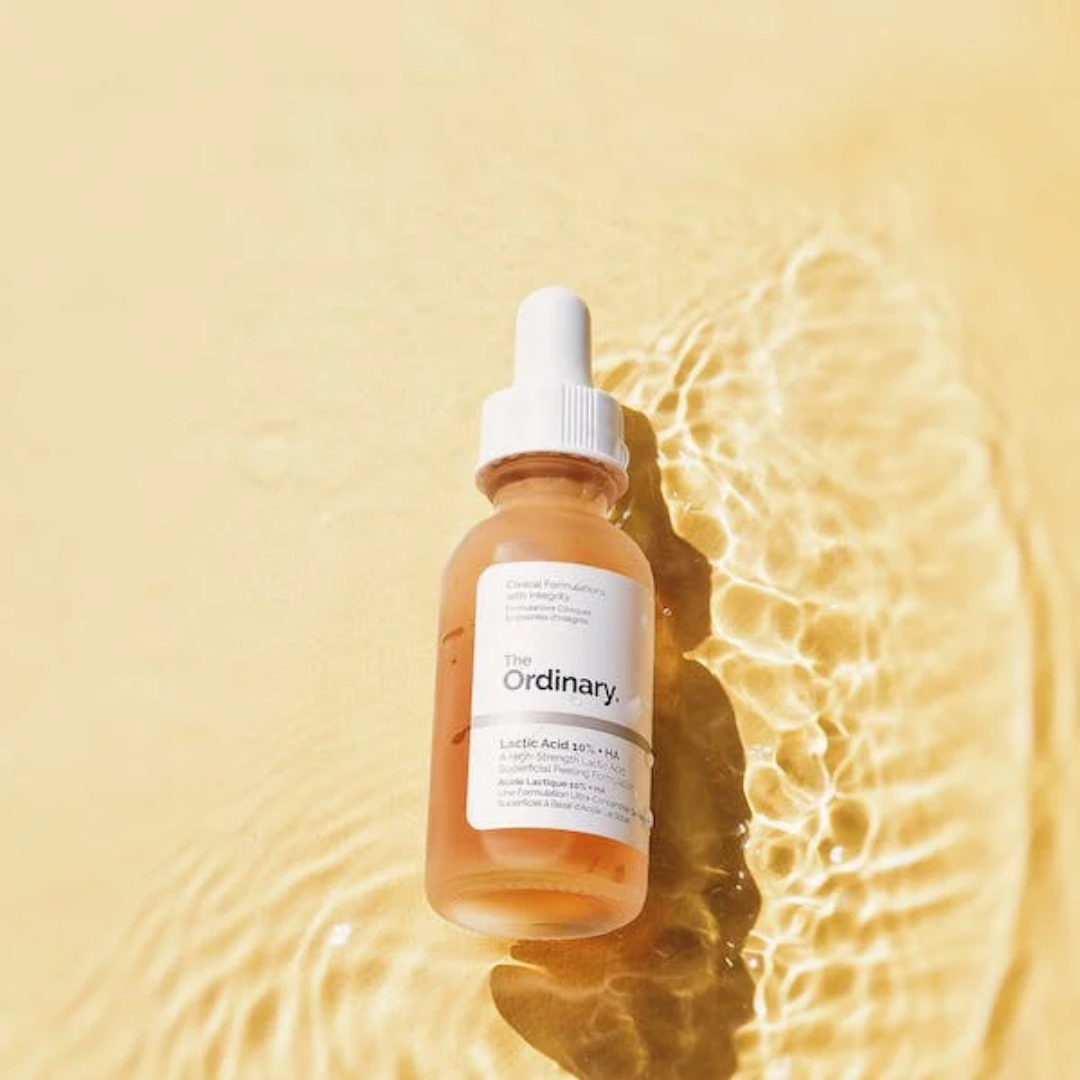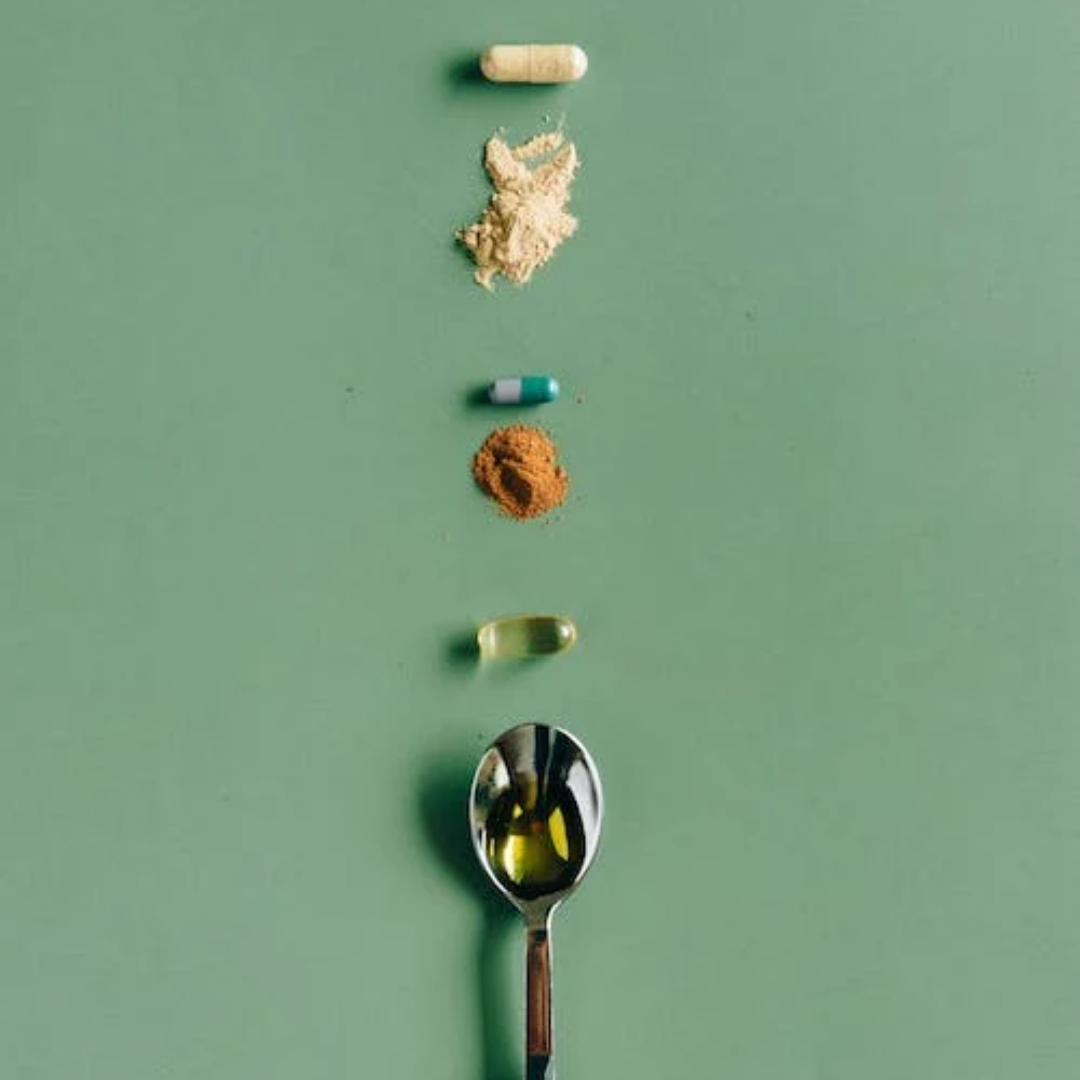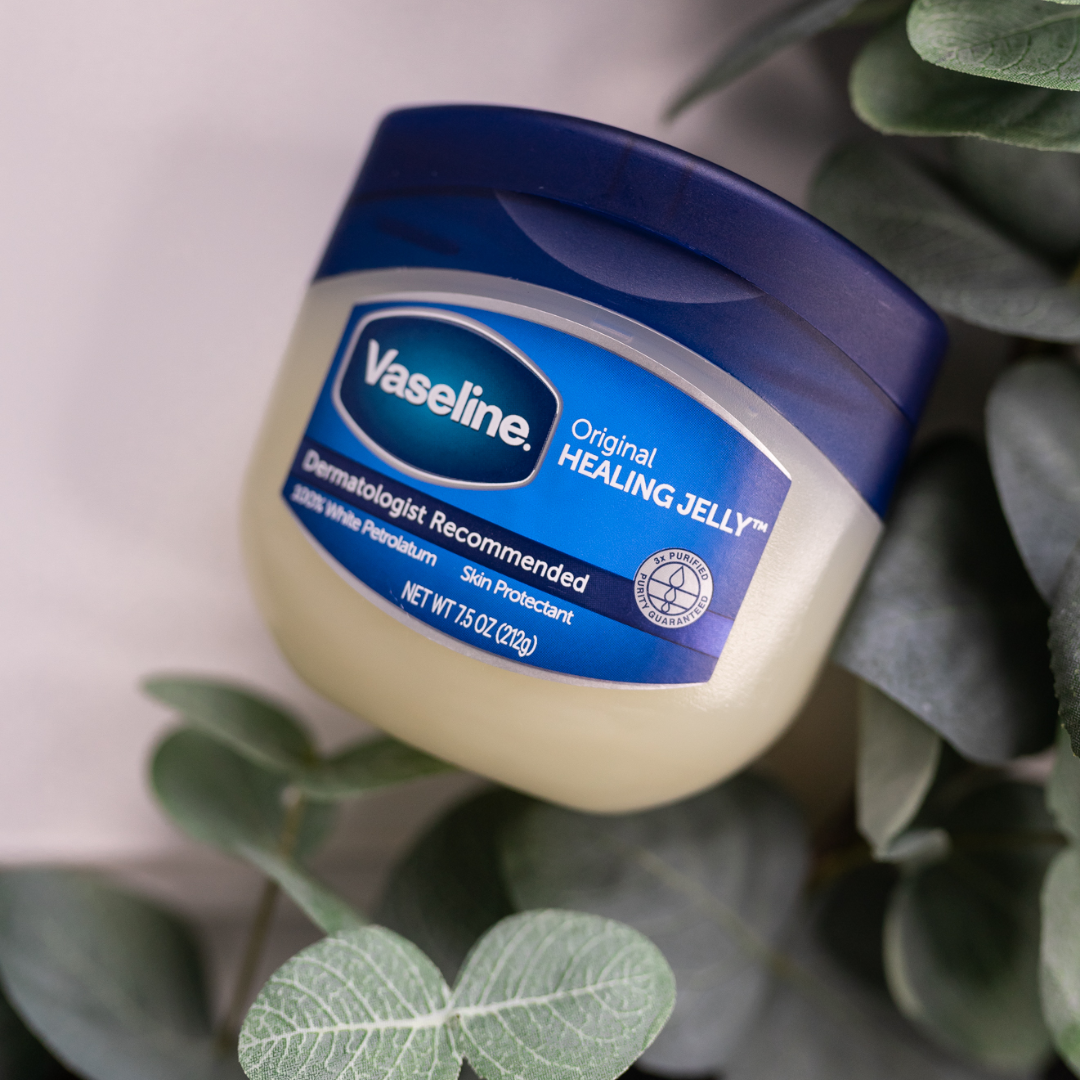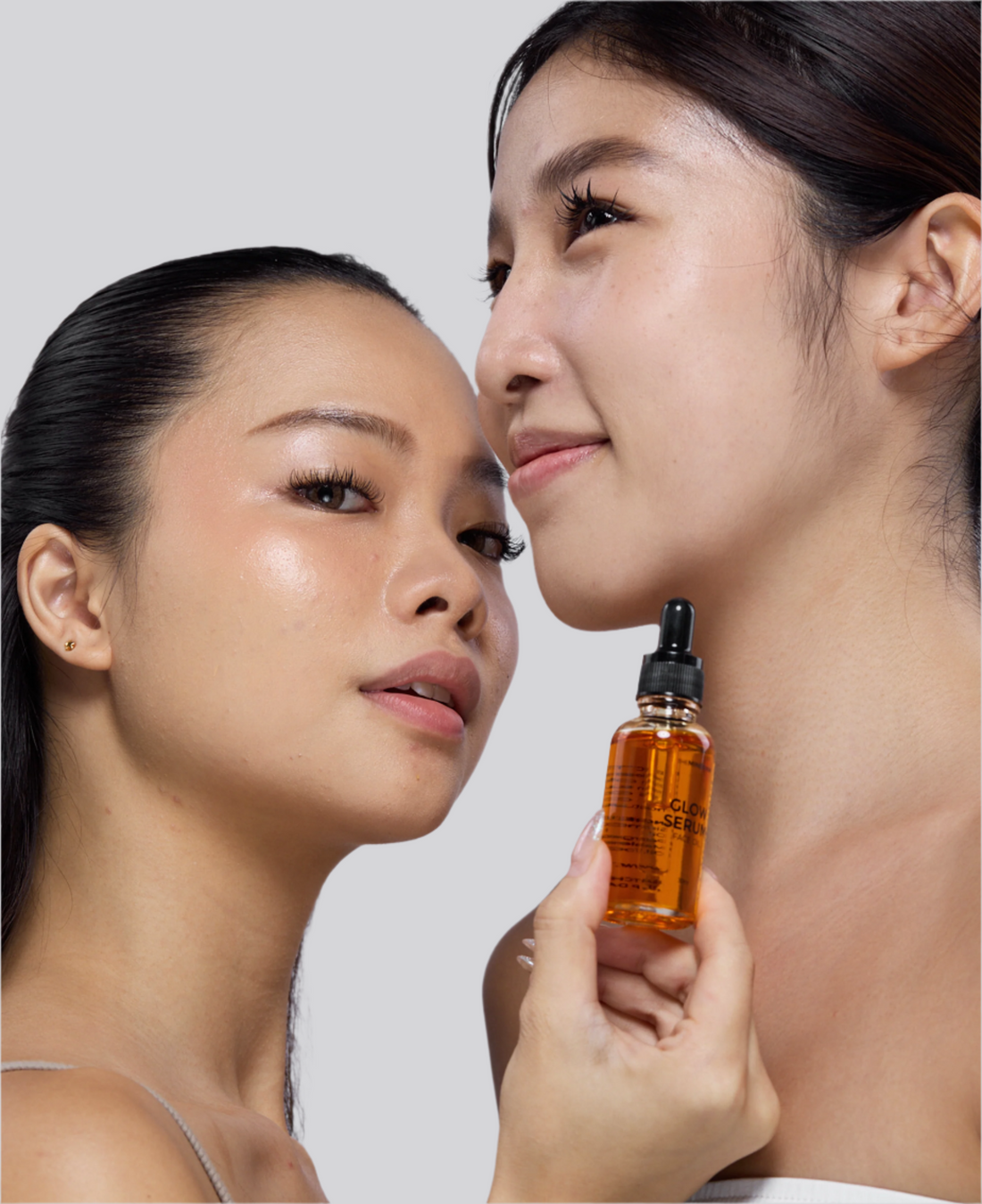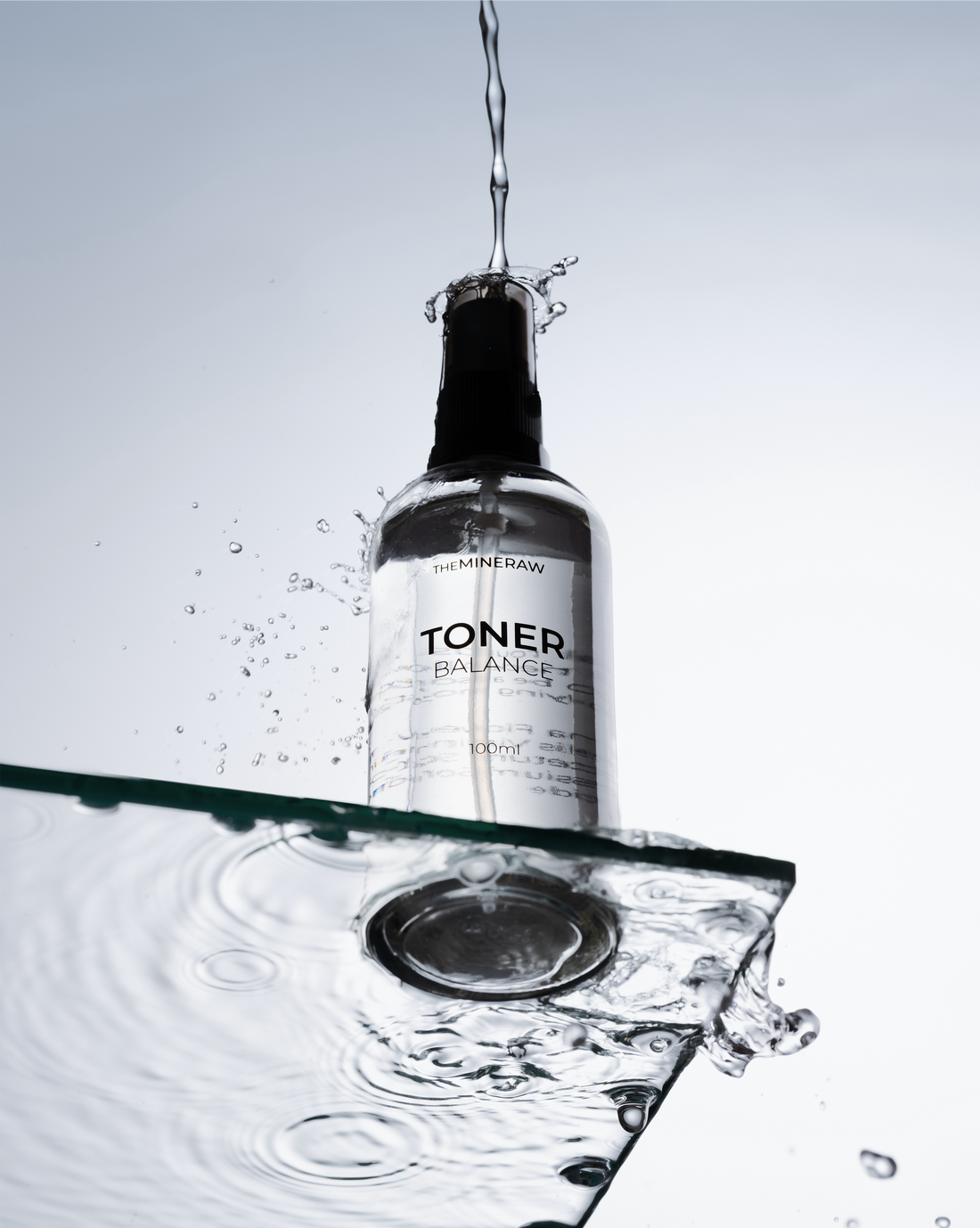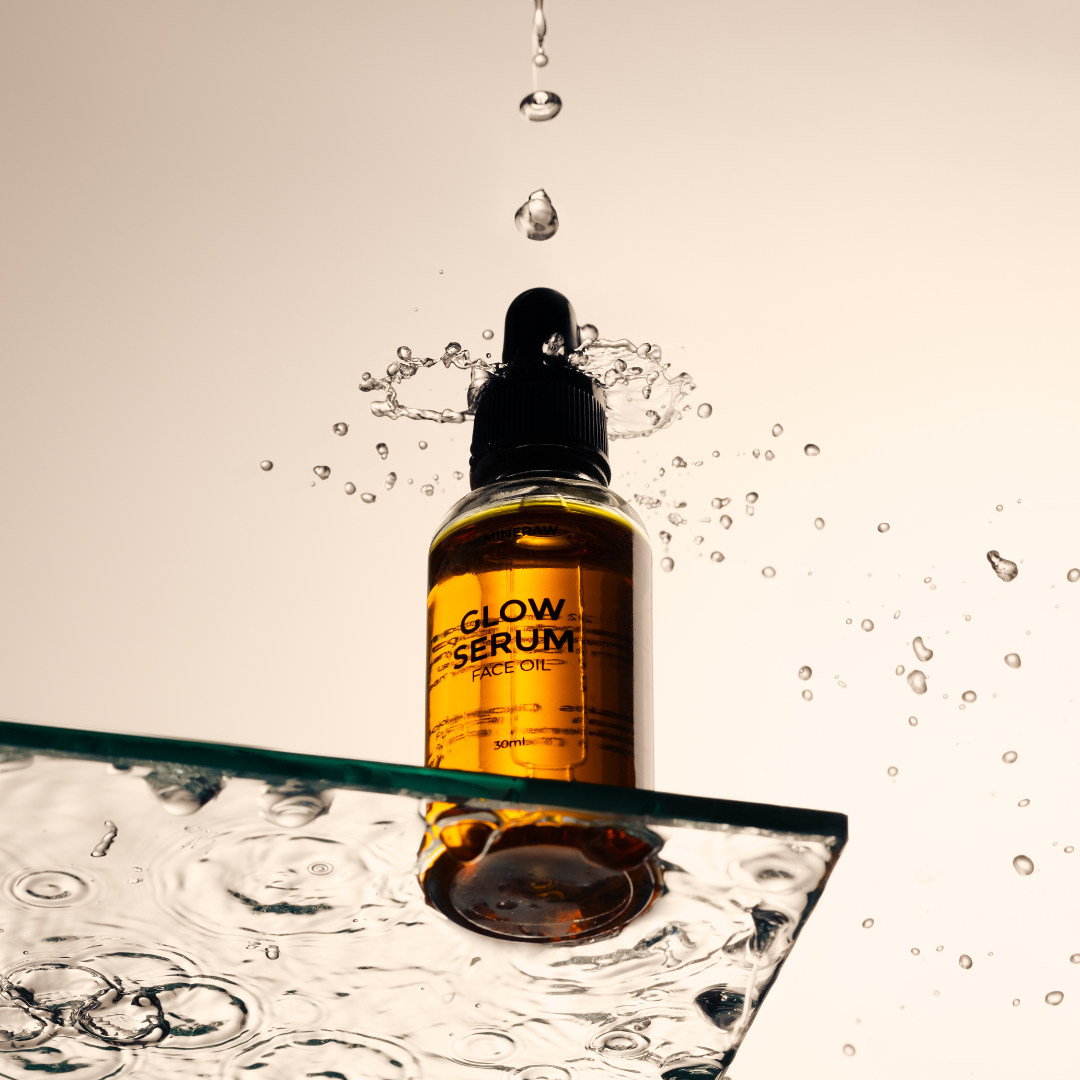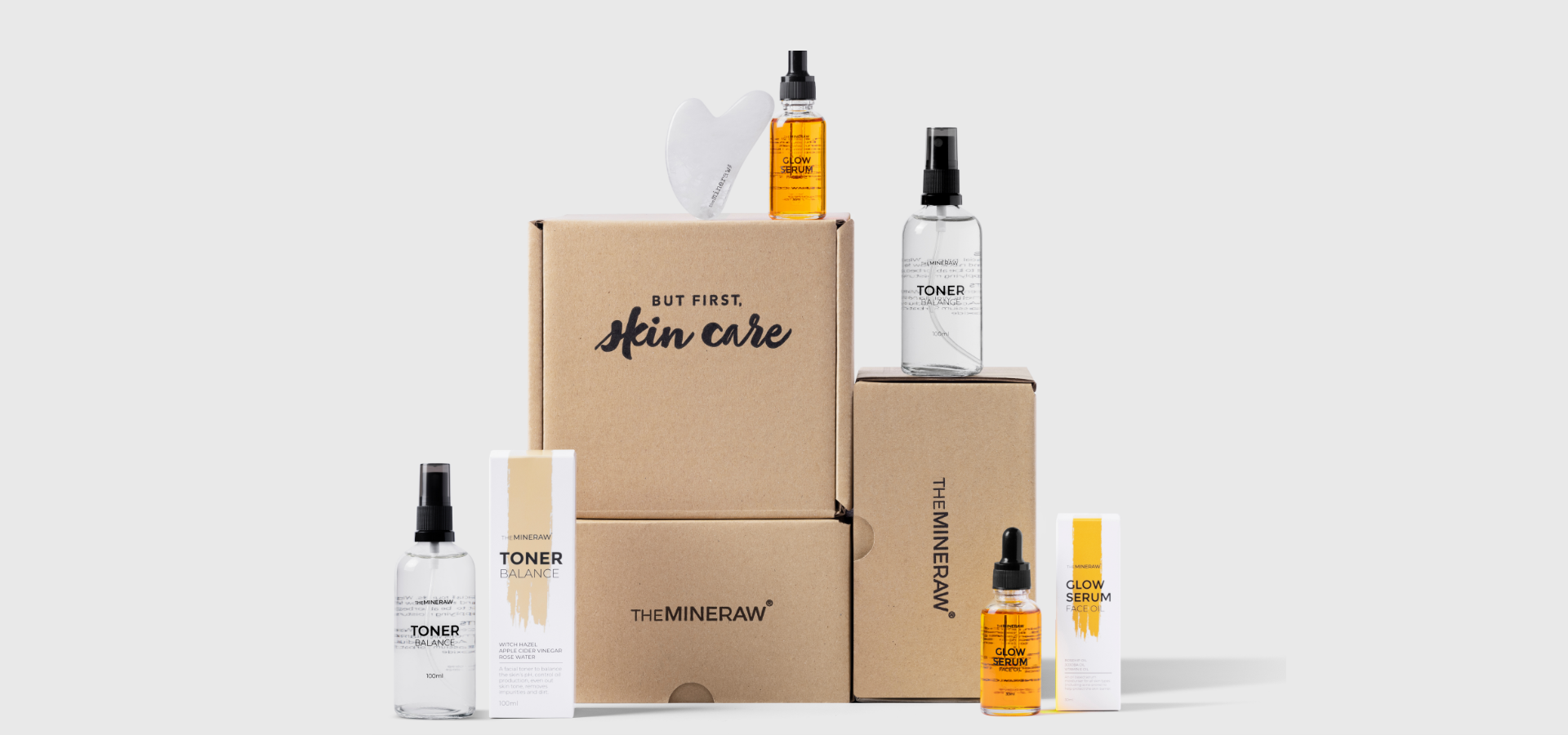
Acnes can be as messy as breakups because they will always leave a scar in the end . It is truly painful enough when we get acne on our skin but for it to leave a scar afterwards is also vital for us to treat in our skincare routine. Just like how breakups can end very differently for individuals, The pain resulting from acne inflammation now has types of awful aftermath of that inflammation: discoloration and scarring.
The discoloration can be classified as Post-Inflammatory Erythema or Post- Inflammatory Hyperpigmentation. In order to begin treating these skin concerns, we first need to identify if our skin is going through PIH and PIE. From there, we’ll be able to form our plan of action for each distinct type of discoloration.
Post-Inflammatory Erythema : PIE
This type of pigmentation usually occurs on lighter skin tones and is not linked to melanin production. After inflammation of the skin, the increase of damaged capillaries in those areas (due to your skin’s healing process) are the cause of the area to be a pink-ish or red-ish color.This pink - red discoloration on your skin is caused by blood vessel damage within inflamed skin
Post-Inflammatory Hyperpigmentation : PIH
You know those dark spots that show up where your acne was acting up? This is shortly known as PIH which is caused by the overproduction and deposition of melanin to the skin in response to inflammation, thus giving it its dark - brown color on your skin
PIE VS PIH
|
PIE |
PIH |
|
Pink, reddish discoloration |
brown , black discoloration (related to melatonin concerns) |
|
Common in lighter tone |
Common in darker tone |
|
Suggested to use : Aloe vera, green tea ingredients |
Suggested to use: Vitamin C, Niacinamide |
 |
 |
We do hope individuals are able to identify the type of discoloration faced by them post acne and choose the right course of action. You could also grab our Hydrate Gel Face Mask, that helps with inflammatory concerns related to our skin:


